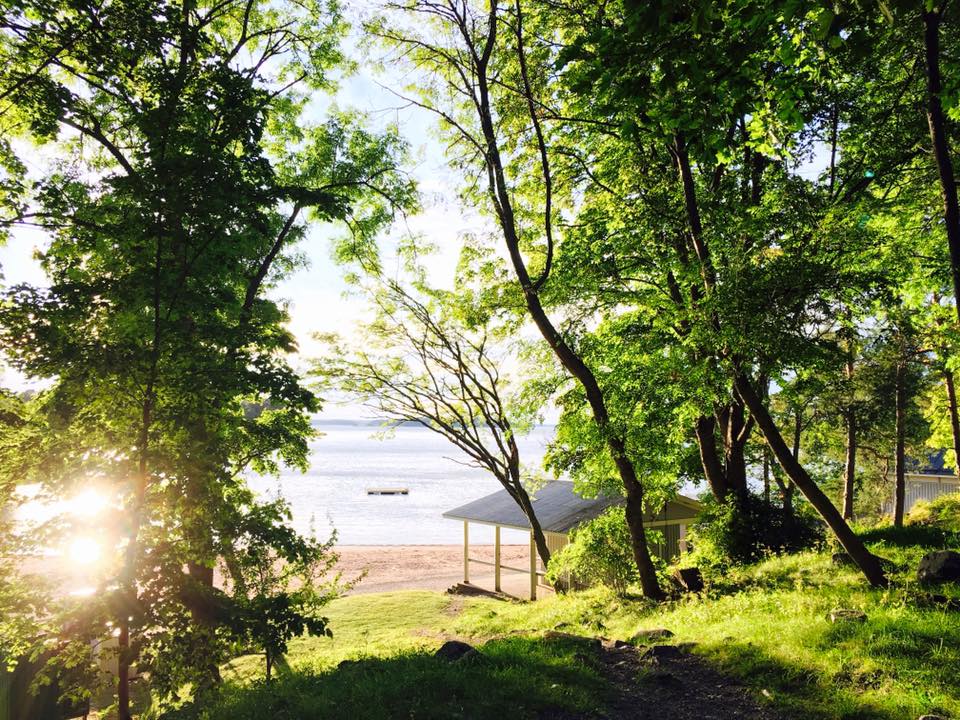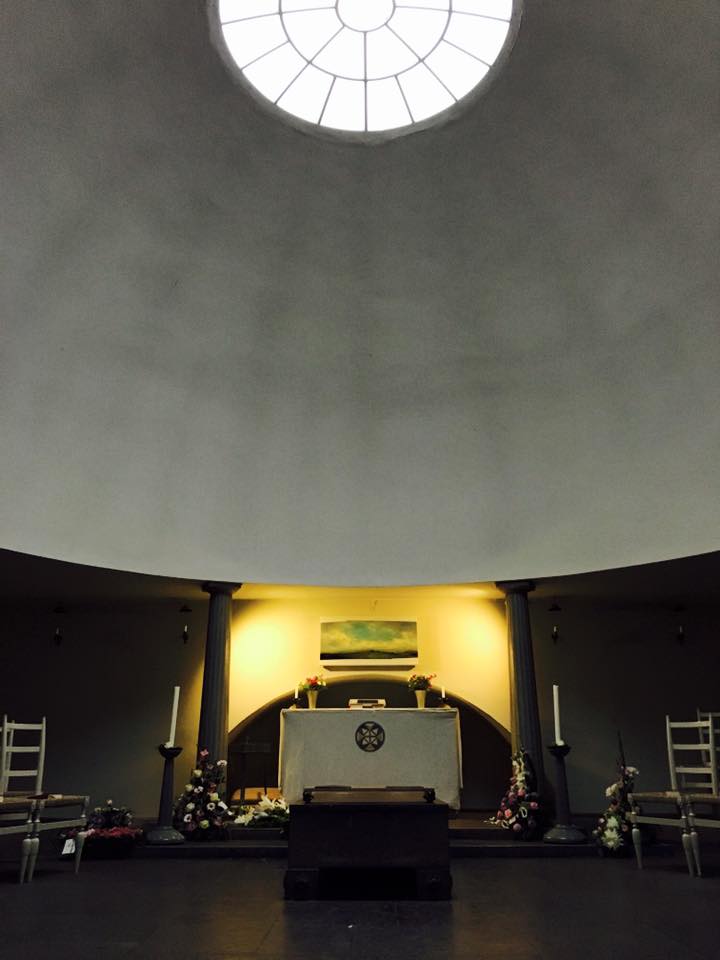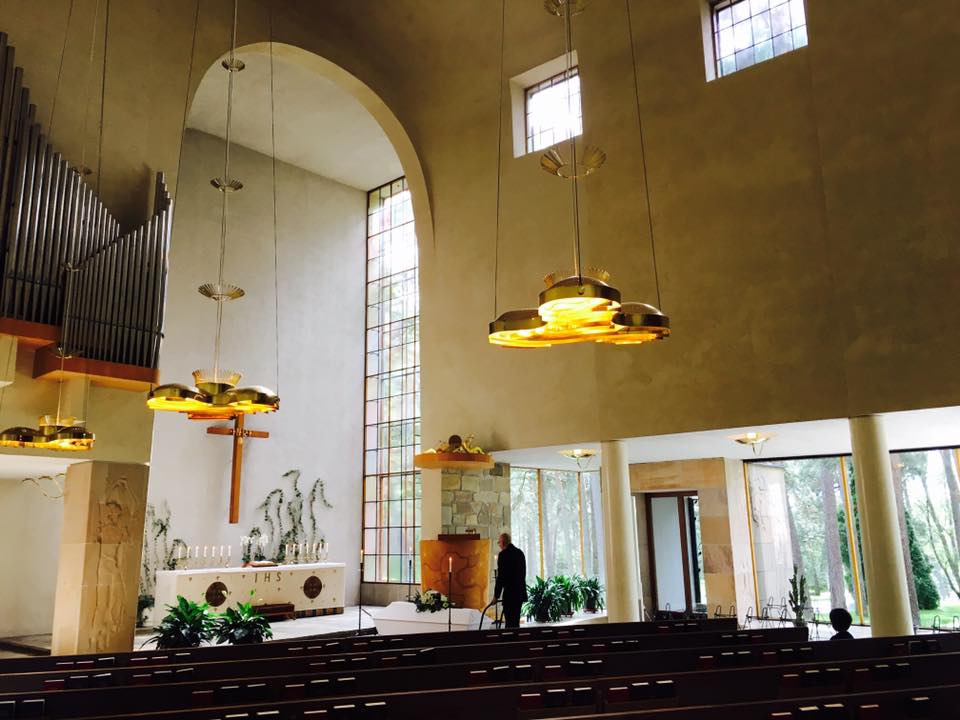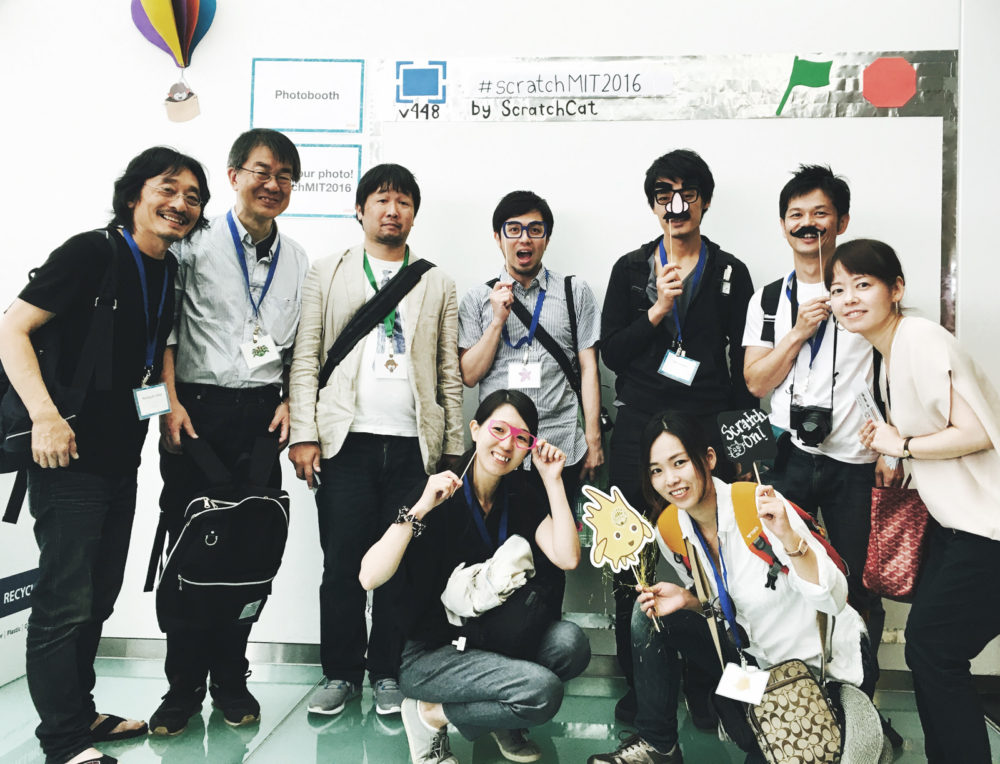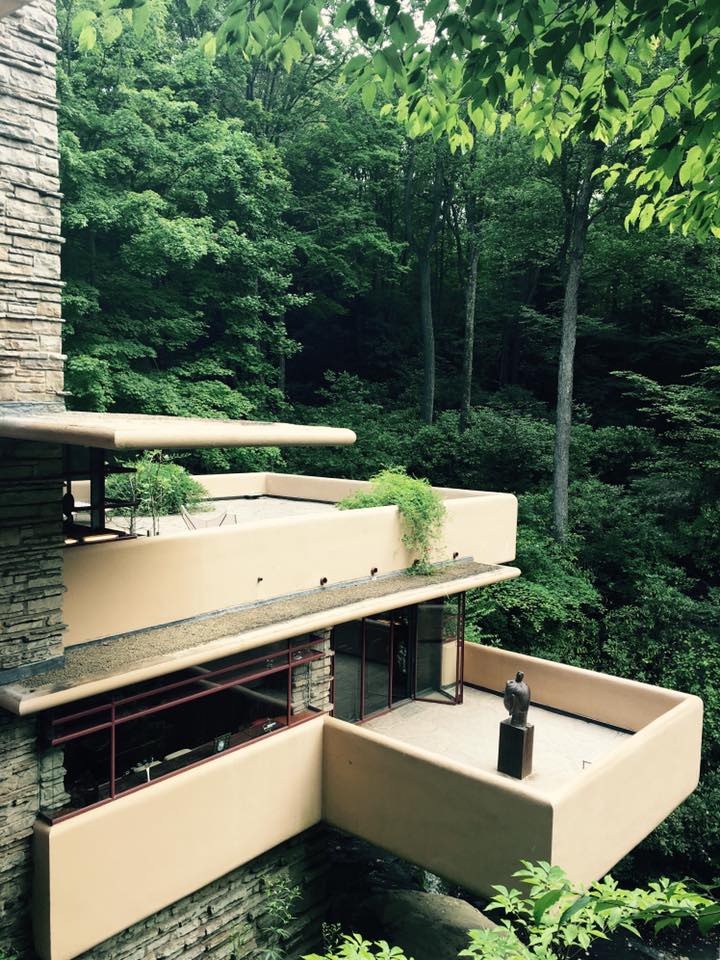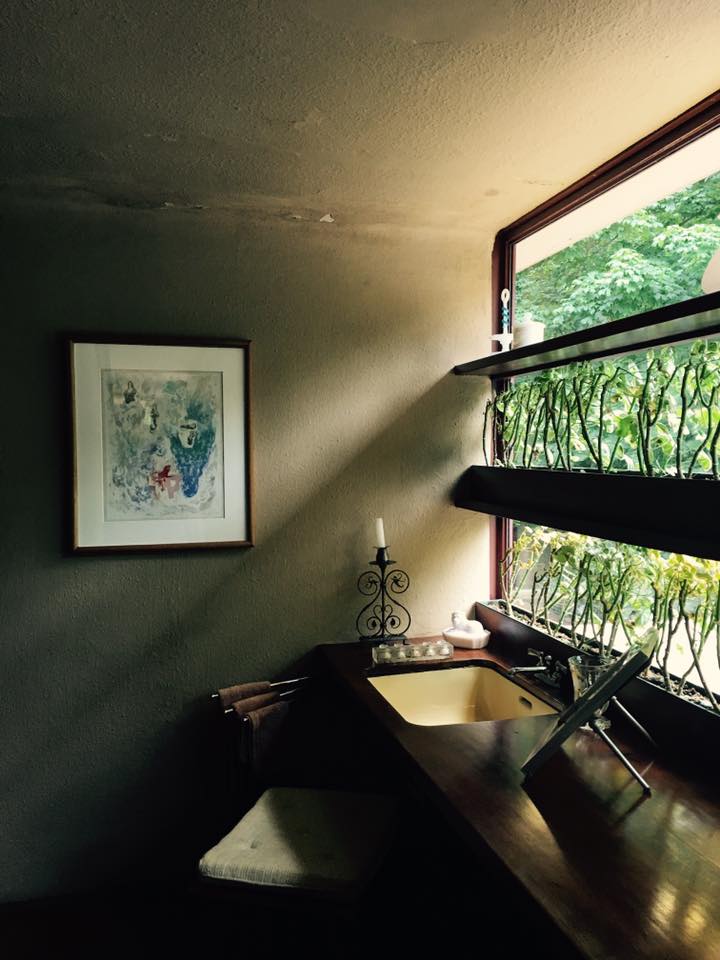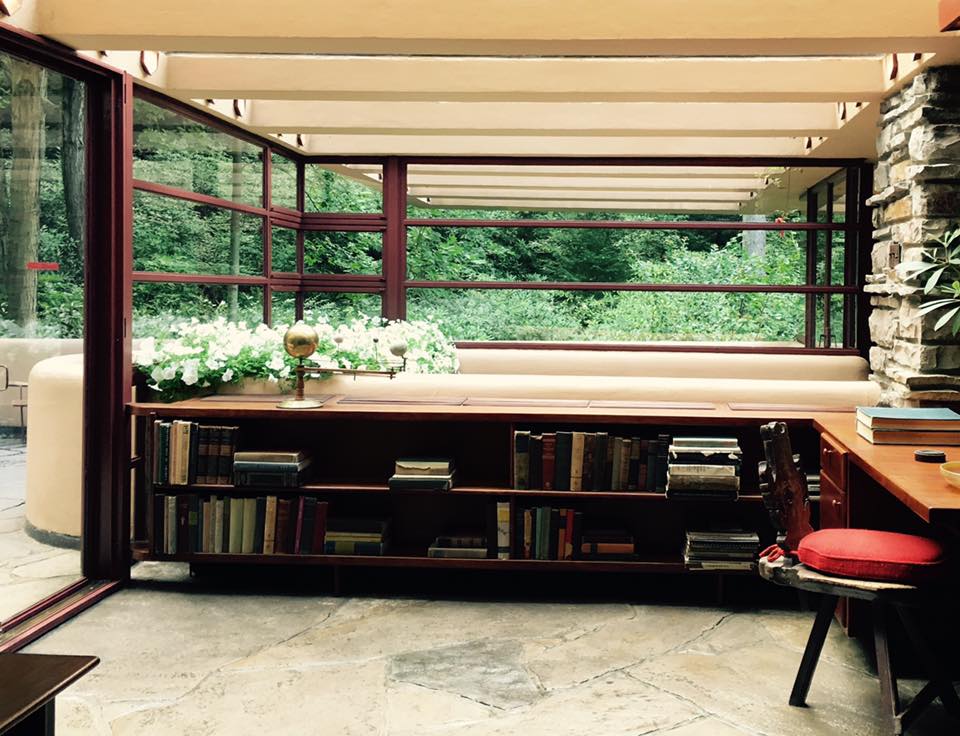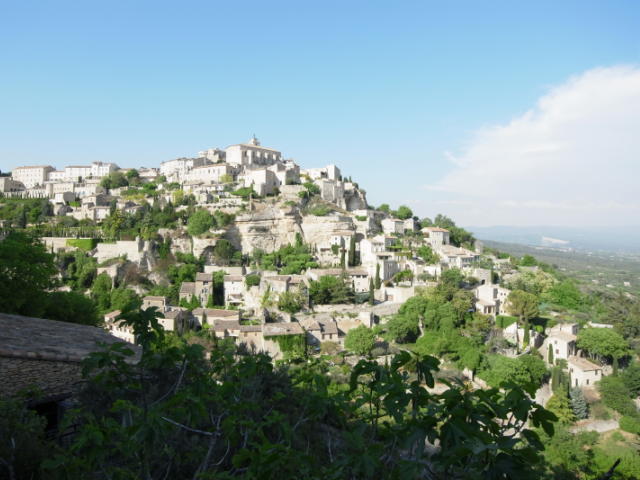
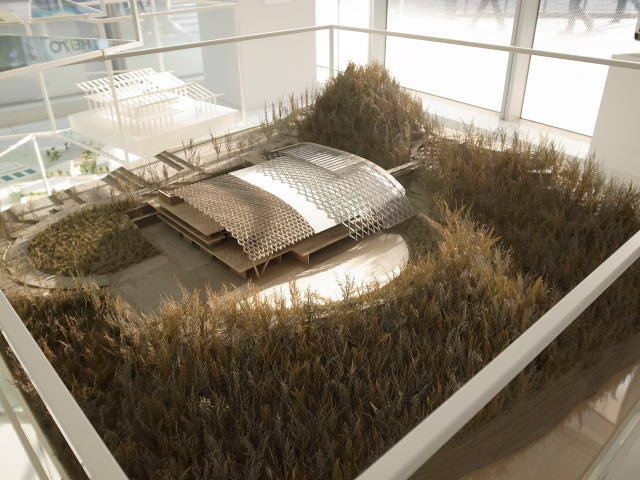
2011年に大きな地震がありました。突然、自然によってすべてのものが奪われた人のことを考えると、どうしても思考が停止してしまいます。たとえば関東大震災が明日起きて、自分の幸せな家族や家や街がまったくなくなってしまった事実に直面したときに、気が狂わなくても生きていけるかということが想像できません。普段、われわれはそういった考えなくてもいいことは、無意識に避けて生きています。避けないと生きていけませんし、結局人間は最後にかならず「死」がまっているという事実、またそれが明日かもしれないということなどは考えていません。
実は建築を設計することは、考えなくてもいい事を人に代わって考えることだということなんじゃないかと思います。もちろん専門家として考えなければいけない建築法規、コスト、技術、要望、個人的好みなどはベースにありますが、生きることとはどういうことかとか、幸せとはどういうことか、自然とはなにかということを、プランニングやデザインで探すことだと思っています。
人間や動物や昆虫は自然の一部であるということは考えればなんとなくわかります。ただ建築や構築物はどうでしょうか。自然から切り離されたものではなくて、かつて日本家屋を想像すればわかりますが、自然材料や、土地、気候、文化との最適解が建築でした。そのような最適解はすぐに出現したものではないですが、われわれは近代建築という時代を通して、自然と断裂した建築を経験した今、もう一度新しい自然との最適解を作っていく必要があるとおもいます。
最近研究所の設計が多く、クライアントの要望の大小さまざまですが、研究とは、本来経済活動や生産性とは切り離され、考えなくてもいい事を考え、そして最終的には経済活動に還元していくところまでを目標とします。そういった研究が生まれる建築とはなんだろうかと、ずっと考えています。そこで考えていることも実は自然と人間との最適解です。いままさにそういった建築ができつつあることにとても興奮しています。
In 2011, there was an earthquake.
When I think about the people who suddenly lost everything due to the forces of nature, my thoughts are like suspended no matter what.
For example, if the Great Kanto Earthquake would occurred in Tokyo tomorrow, I can not imagine how I could live without my family, house, and city.When I am confronted to the fact that completely wiped out by natural disaster, I am not sure that I can keep the sanity.
Usually, we live unconsciously avoiding the thoughts we do not need to have. We cannot live without avoiding them, as we do not think about the fact that “death” inevitably awaits all human beings in the end, and that it may be tomorrow.
In fact, I think that designing architecture is to think of the things that you do not have to think about on behalf of people.
Of course there are architectural rules at the base, such as cost, techniques, demands, personal preferences, and other aspects that we must considered as experts, however, when it comes to questions like “what is the meaning of life?”, “what is happiness?”, and “what is nature?” , I think that it is searching through planning and design.
If you believe that humans, animals and insects are part of nature, I can understand. But what about architecture.
It is not something separated from nature, and you can imagine it if you have in mind the Japanese house as it used to be, the optimal solution with natural materials, land, climate and culture was architecture.
Such optimal solutions were not something that appeared immediately, but as we have now experienced an architecture that broke up with nature through the era of modern architecture, it is necessary to create new optimal solutions with nature once again.
Recently, although there are many designs from research institutes, and various kinds of requests from clients, the research is inherently separated from economic activities and productivity, thinking of the things you do not have to think about, aiming up to the point where it will return ultimately to economic activities. All along I have been thinking about what could be the architecture created from such research. The things thought there actually are also the optimum solution for nature and human beings.I’m very excited about the fact that such architecture are being made right now.
